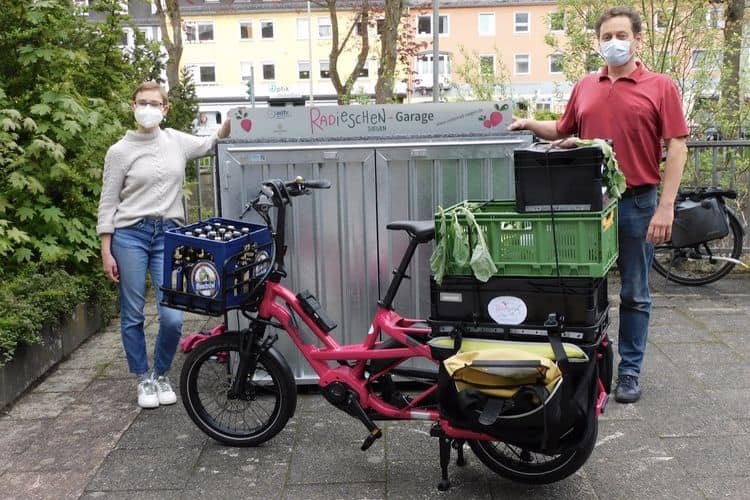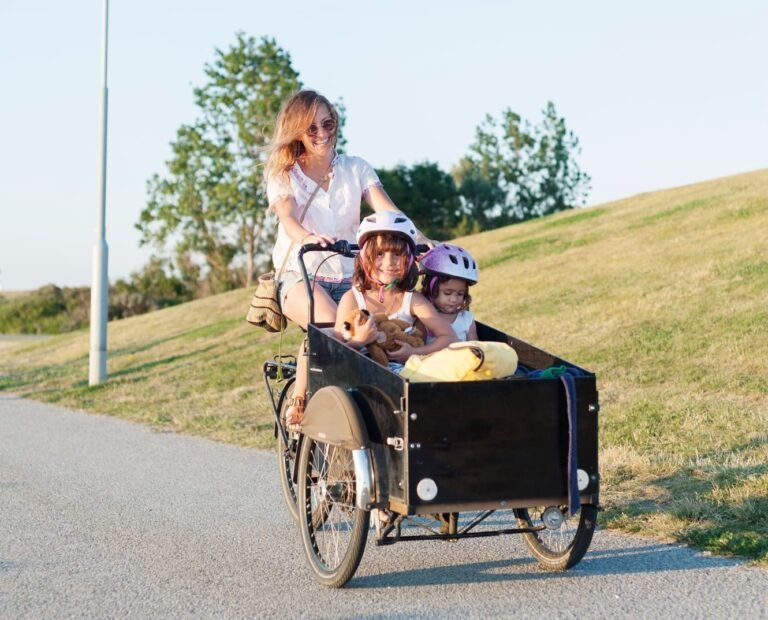Scegliere il pneumatico giusto per la propria eBike non significa solo trovare la misura che "sembra" giusta. Si tratta di decodificare i numeri e le marcature stampate sul fianco del pneumatico, che rappresentano le dimensioni, la struttura, la gamma di pressione e gli standard internazionali. Per le cargo bike e le eBike sottoposte a carichi e terreni diversi, questa conoscenza è fondamentale per garantire prestazioni sicure, efficienti e durature.
In questo articolo vi spiegheremo come fare:
- Come leggere le dimensioni dei pneumatici (sistemi in pollici o metrici)
- Cosa significano i numeri ETRTO e perché sono importanti
- Pressione degli pneumatici consigliata (PSI/bar) e come regolarla
- Esempi pratici di misure di pneumatici comuni per eBike e cargo bike
Perché conoscere le dimensioni dei pneumatici è importante
I pneumatici sono l'unica parte della vostra eBike che tocca il suolo. Se li sbagliate, rischiate di trovarvi in difficoltà:
- Prestazioni scarse: Accelerazione lenta, autonomia ridotta
- Pericoli per la sicurezza: Soffi, rottura del cerchio, mancanza di trazione
- Incompatibilità: Il pneumatico non entra nel cerchio, sfrega sul telaio o non riesce a mantenere la pressione dell'aria
Soprattutto per le cargo bike, dove il peso del carico è molto più elevato rispetto alle biciclette standard, le specifiche dei pneumatici influenzano direttamente la capacità di carico, lo spazio di frenata e la maneggevolezza su strada.
1. Dimensionamento dei pneumatici in pollici e metrico: due modi di scrivere le misure dei pneumatici per Ebike
Il sistema dei pollici (ad esempio, 26×2,0):
Questo metodo di dimensionamento tradizionale indica il diametro esterno del pneumatico e la larghezza in pollici. Ad esempio:
- 26×2.0 significa che il pneumatico ha un diametro esterno di 26 pollici e una larghezza di 2,0 pollici.
- 27.5×2.4 O 29×2.6 seguire la stessa logica.
Pur essendo intuitivo, questo sistema non è coerente tra i vari marchi perché "26 pollici" potrebbe non riferirsi all'esatto diametro esterno a causa delle differenze tra il cerchio e la sede del tallone.
Il sistema metrico/ETRTO (ad esempio, 50-559):
Questo sistema, creato dalla European Tyre and Rim Technical Organisation (ETRTO), offre una maggiore precisione. Indica:
- Larghezza del pneumatico in millimetri (primo numero)
- Diametro della sede del tallone (BSD) in millimetri (secondo numero)
Esempio:
- 50-559: Larghezza 50 mm, diametro sede tallone 559 mm (equivalente a 26×2.0)
- 55-406: 55 mm di larghezza, 406 mm di BSD (spesso visto nelle bici da carico da 20″)
Perché ETRTO è importante:
- Assicura la compatibilità tra pneumatico e cerchio
- Evita la confusione tra dimensioni simili ma incompatibili.
- Importante quando si cambia tipo di pneumatico (grasso/slick/knobby)
Se acquistate da un negozio di biciclette serio o da un negozio online, i numeri ETRTO vi aiutano a evitare problemi di compatibilità.
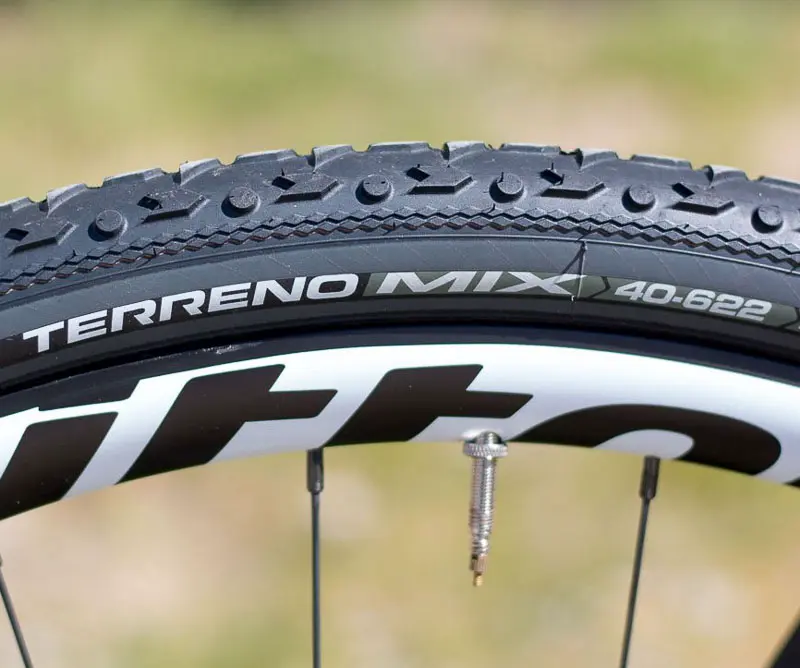
2. Dimensioni comuni dei pneumatici per eBike e Cargo Bike (esempi)
| ETRTO | Etichetta in pollici | Uso tipico |
|---|---|---|
| 50-559 | 26×2.0 | Uso cittadino standard di eBike/MTB |
| 55-406 | 20×2.15 | Ruota posteriore per cargo bike longtail |
| 60-584 | 27.5×2.4 | Ruote anteriori per eBike cargo full-size |
| 62-203 | 12.5×2.5 | Piccolo e-trike o volante anteriore |
| 50-622 | 700x50C | eBike urbane a scorrimento veloce |
Conoscere le dimensioni di entrambi i sistemi aiuta a evitare errori nell'acquisto di sostituzioni o aggiornamenti.
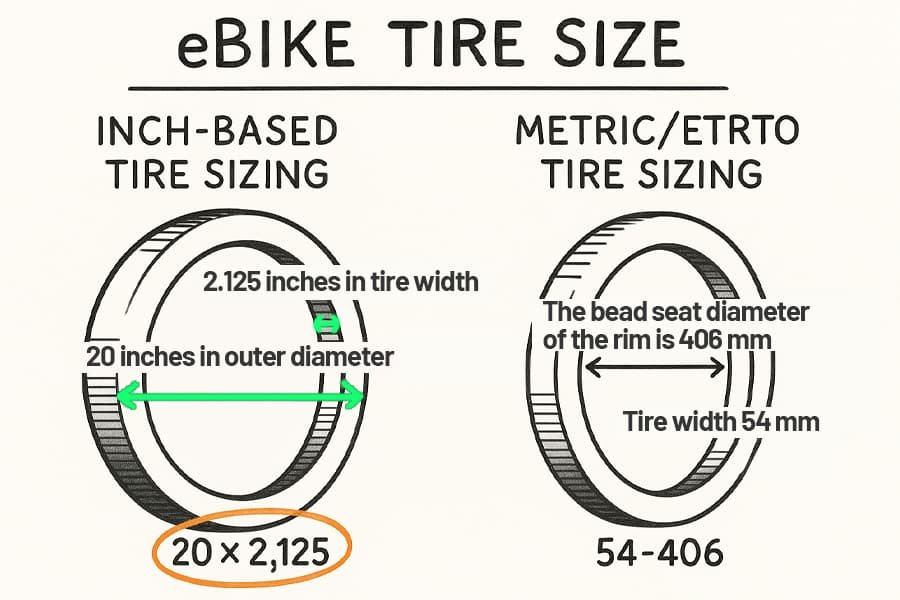
Confronto tra il dimensionamento dei pneumatici in pollici e quello metrico/ETRTO con annotazioni di diametro, larghezza e diametro della sede del tallone.
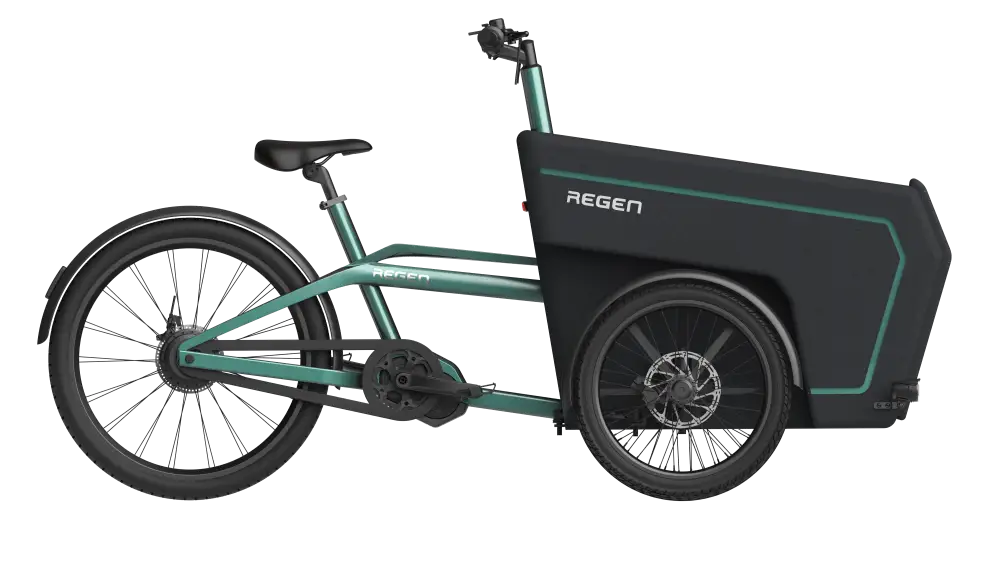

Solo 20 biciclette MOQ per iniziare
E-Cargo Bike personalizzabile - RS01
Che tu sia un marchio in crescita o un negozio di quartiere, le nostre bici cargo ad alta resistenza sono il tuo biglietto d'ingresso nel fiorente mondo delle consegne ecologiche. Si parte!
3. Comprendere PSI e Bar: La pressione degli pneumatici spiegata
PSI sta per Libbre per pollice quadrato. Indica la pressione dell'aria che il pneumatico può contenere in modo sicuro.
Troppo basso:
- Il pneumatico può risultare morbido e lento
- Rischio più elevato di pinch flats (il cerchio colpisce il terreno)
- Aumenta la resistenza al rotolamento
Troppo alto:
- Una corsa dura
- Presa ridotta
- Rischio di scoppio in caso di carico pesante o di calore
Dove trovare PSI
Il fianco del pneumatico mostrerà un intervallo:
"Gonfiare a 45-65 PSI" O "Min 2,5 bar / Max 4,5 bar". (equivalente metrico)
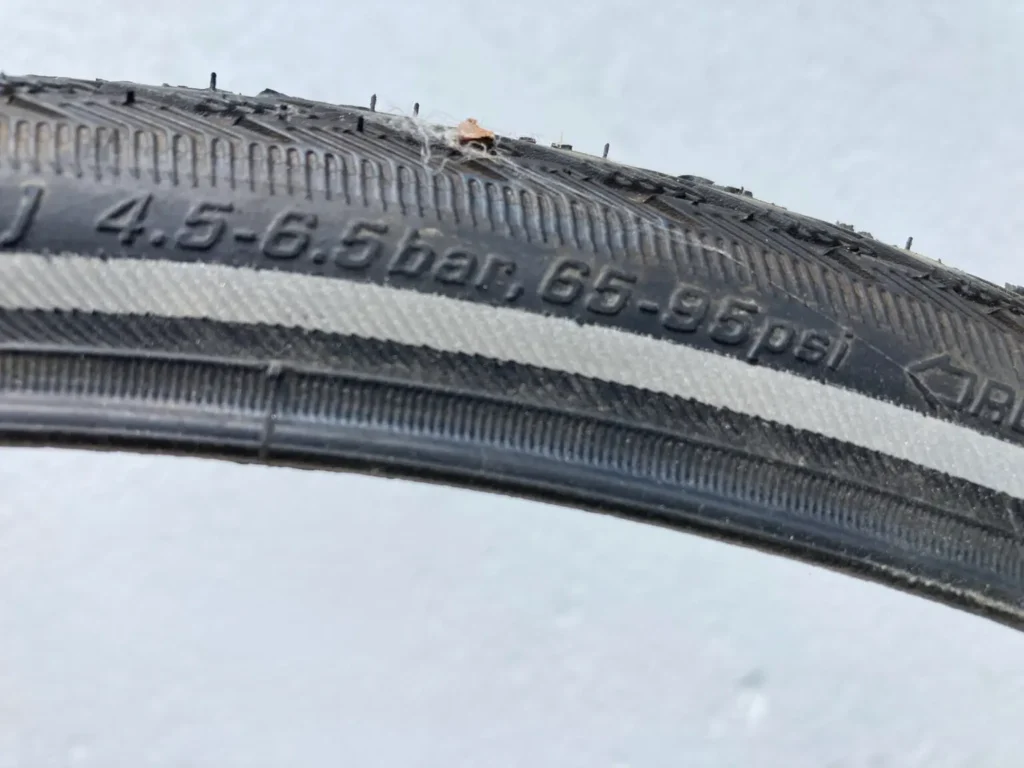
Di quanta PSI avete effettivamente bisogno?
Questo dipende da:
- Peso del pilota + carico: I carichi più pesanti richiedono una PSI più elevata
- Larghezza del pneumatico: I pneumatici più larghi possono utilizzare in modo sicuro una pressione più bassa
- Terreno: Un PSI più basso migliora l'aderenza sui terreni sciolti; un PSI più alto migliora la scorrevolezza sull'asfalto.
- Il tempo: Il freddo riduce la pressione interna
Guida rapida (approssimativa)
| Dimensioni del pneumatico | Tipo di carico | PSI raccomandato |
| 20×2.15 | Leggero/Medio | 45-60 PSI |
| 26×2.0 | Medio/pesante | 50-70 PSI |
| 27.5×2.4 | Cargo | 55-80 PSI |
Controllare sempre il valore massimo sul fianco e utilizzare un calibro di qualità.
4. Bonus: dove trovare questi numeri
Le specifiche del pneumatico sono stampate nella gomma del fianco. Cercate un testo come:
- ETRTO: ad esempio, 55-559
- Dimensioni in pollici: ad esempio, 26×2.0
- Gamma PSIAd esempio, gonfiare a 35-65 PSI.
- Marca/modelload esempio, Schwalbe Marathon Plus
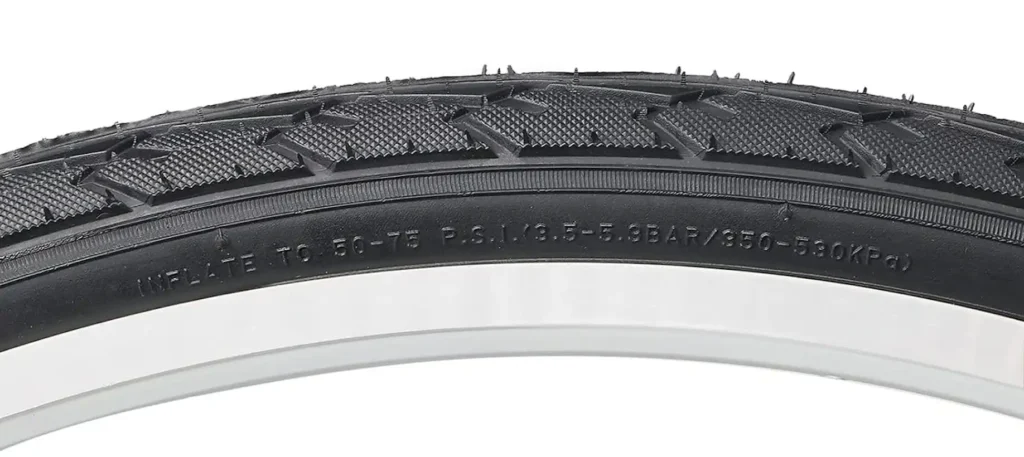
Perché questo è importante per le biciclette da carico
Le eBike Cargo spesso trasportano oltre 100 kg tra ciclista, cargo box e carico. Questo peso extra rende essenziale la precisione dei pneumatici:
- Larghezza del pneumatico influisce sul comfort e sulla stabilità
- Diametro della sede del tallone garantisce un'adeguata vestibilità
- PSI influisce sull'efficienza di rotolamento e sulla sollecitazione del motore
Abbiamo visto flotte che effettuano consegne all'ultimo chilometro perdere la durata di vita dei pneumatici di 40% semplicemente perché li hanno gonfiati poco.
Non tirare a indovinare: misurare, controllare l'ETRTO e monitorare settimanalmente il PSI.
Conclusione
Leggere la propria eBike o bici da carico La conoscenza delle specifiche dei pneumatici è un'abilità fondamentale che può salvarvi da errori costosi e da condizioni di guida non sicure. Comprendendo i sistemi basati sul pollice e sull'ETRTO e gestendo in modo oculato i PSI, si assicurano compatibilità, comfort e prestazioni ottimali.
Avete bisogno di aiuto nella scelta dei pneumatici per un modello specifico di eBike o per una configurazione di carico? Il Regen Il team è qui per aiutarvi.contattateci per raccomandazioni personalizzate e supporto alla corrispondenza dei componenti.
Dichiarazione di limitazione della responsabilità sul copyright delle immagini
Alcune immagini utilizzate in questo sito web/articolo provengono da internet e sono destinate esclusivamente a scopo illustrativo e didattico per migliorare la comprensione dei contenuti. Rispettiamo i diritti di proprietà intellettuale degli autori originali e ci impegniamo a citare le fonti ove applicabile.
Se sei il legittimo proprietario di un'immagine qui visualizzata e ritieni che il suo utilizzo costituisca una violazione del copyright, ti preghiamo di contattarci all'indirizzo info@regencargobikes.comDopo la verifica, rimuoveremo tempestivamente l'immagine o forniremo la relativa attribuzione.
Grazie per la comprensione.



